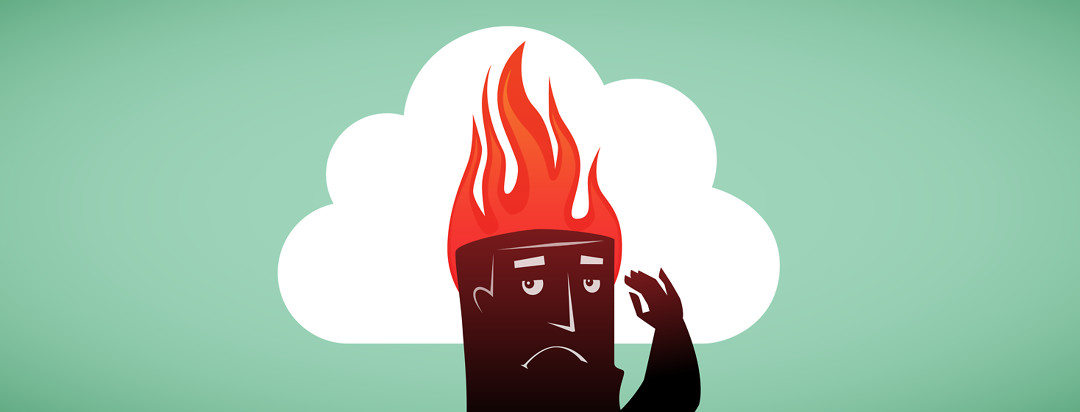Eczema HEADquarters: The Scalp!
Dandruff-like flaking on the scalp can look much like regular dandruff, even though it is not the same thing. Dandruff can be caused by inflammation of an underlying condition like atopic eczema (also known as atopic dermatitis), but dandruff can also be caused by a fungus. People with atopic eczema on their scalp can sometimes feel embarrassed or self-conscious about the dandruff-like flaking.
Just like other symptoms of atopic eczema, dandruff-like flaking can come and go as eczmea flares up for a period of time, and then symptoms go away for a while. Flare-ups of scalp eczema and dandruff-like flaking can have different causes for different people, but some triggers can be certain chemical products or cold or dry weather.
Treatment options for scalp eczema
If you experience eczema flare-ups on the scalp, there are some over-the-counter treatment options as well as prescription treatment options. If you are experiencing symptoms of eczema on the scalp it can be good to talk with your dermatologist or healthcare provider to discuss treatment options.
For over-the-counter treatment options, there are shampoos that have ingredients that can help manage symptoms. Many shampoos that help with dandruff-like flaking have ingredients such as zinc pyrithione, salicylic acid, and ketoconazole. These ingredients can help with the inflammation caused by atopic eczema as well as loosen dry skin that is scale or flaky.
There are also topical creams, ointments, or sprays that have coal tar there are also corticosteroids that can be applied to help calm the irritation and stop the flaking.
Preventing flare-ups
A way to manage atopic eczema on the scalp is to learn some preventative tactics that can help to avoid a flare-up. A look at some tips to help prevent flare-ups on the scalp.
- Avoiding irritants: Try and avoid exposure to suspected irritants and allergens
- Bathing: Cleaning your scalp is important, but being careful to not dry out the scalp, even more, is key as this can trigger a flare. Avoiding hot water is also important when bathing using lukewarm water or cooler is best for atopic eczema-affected skin.
- Stress: Finding ways to manage stress levels can help with reducing flare frequency
- Sweat: Bathing and shampooing the hair and scalp after sweating heavily, such as after exercising, is a good idea as sweat can be a trigger
- Read labels: Many shampoos, like most soaps, are not good for atopic eczema. Shampoos can contain artificial dyes and coloring agents, fragrances, and others chemicals that might be stripping away more than just dirt and oil from the scalp. These added ingredients can be irritating and trigger a flare.
Scalp symptoms in children
Children can often have symptoms present on the scalp. Cradle cap is the common name given to seborrheic dermatitis (or seborrheic eczema) in infants. Many infants develop cradle cap, which forms red, scaly, greasy, or crusty patches on the scalp. It usually resolves on its own within a few months.
Hair loss
Atopic dermatitis may cause hair loss, particularly due to the scratching that occurs, but the effect is usually temporary.
Talking with your healthcare provider
You may want to see a dermatologist to help identify the exact cause of your scalp symptoms to rule out other conditions and confirm an atopic eczema diagnosis. A dermatologist can also develop a treatment plan with you especially if over-the-counter remedies haven't been effective to date.
While atopic eczema on the scalp can be a bit embarrassing to deal with at times, it can be managed through treatment and preventative tactics. Reading labels of your current products that you use on your hair is a good place to start to see if they may have ingredients that are irritating your skin and then switching out products for more eczema-friendly ones is a good place to start to put you on a path to less flaking, itching, and irritation.

Join the conversation